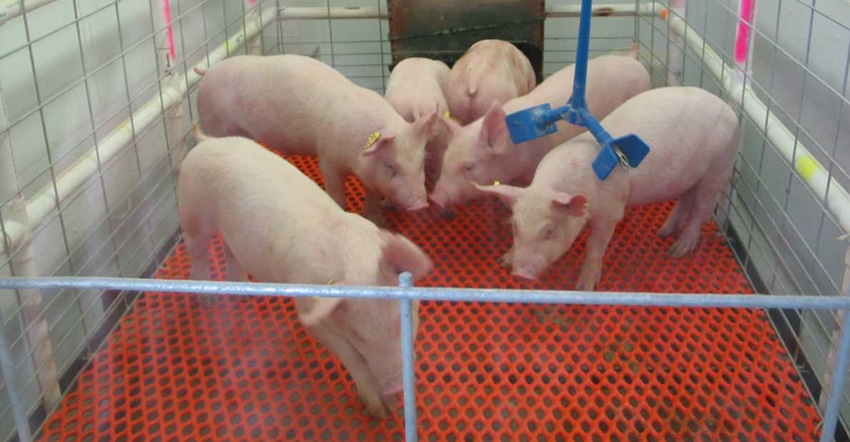October 19, 2017

The hog market is a reasonably good example of what economists call a “competitive market,” where forces of supply and demand interact to determine the price. Even with larger pork supplies, hog prices have been profitable recently because of the prevailing demand situation.
Looking forward, the three pillars that will need to continue to bolster pork demand are exports, domestic consumption at supportive prices, and packer competition. For the last to materialize, the first two must continue.
Pork exports are having a good year. Through August, pork exports are up 9% on a carcass weight basis, led by Mexico up 21% and South Korea up 29%. Exports are tracking toward absorbing 22% to 23% of 2017 U.S. production.
Mexico became the top destination for U.S. pork in 2015 and reminds the industry that NAFTA trade negotiations are especially important to U.S. agriculture and to the pork industry in particular. International trade agreements have helped greatly in keeping the cost of U.S. pork competitive in foreign ports. Political chatter about renegotiating trade agreements injects a degree of uncertainty into the hog market, which is increasingly dependent on exports.
Strong pork exports are needed
Per capita consumption is simply production (net volume of domestic production, cold storage adjustments and international trade) divided by population. Strong pork exports have moved much of our higher pork production into markets abroad. This means that the amount of pork available for U.S. consumers is about the same as last year. Per capita pork consumption in the U.S. is expected to remain steady, thus, the vast majority of production increases must go to export markets.
The steady U.S. per capita pork consumption has a positive component. If you’ve been to the supermarket lately, you’ve noticed higher retail prices on pork. Consumers paying higher prices for the same or slightly larger consumption point to strong demand.
Often, rising hog production and how much more pork is available is the headline. But this increased supply of pork we are now producing has a market destination and is getting used up. Somewhat lower prices may be needed to clear the market as hog production rises. But lower pork prices still could be profitable for producers, depending on their cost structure.
Packing a service industry
Packers don’t entirely control weekly hog slaughter; producers do so as well by how many hogs they collectively market. When hogs are plentiful, demand for packer services is high, and packer margins get large. When fewer hogs are available, packers have to bid up to get hogs, and so their profit margins decline. The packing industry expansion that is now taking place will almost certainly push margins lower eventually — but for now, things are still good in the packing sector.
Another factor that can widen margins is the price of pork as reflected through the cutout value. Cutout is a calculation representing the approximate value of a carcass based on the prices received for its respective parts. The cutout price gives an indication of the overall supply- and-demand situation of the wholesale pork cuts market. Strong pork prices and favorable margins for packers would be expected to contribute to stronger bids for hogs.
Essentially, current inventories are pretty much locked in place already — all that can be done is a reaction to pricing opportunities. Long term, continuing to grow the demand for pork will be key.
Schulz is an Iowa State University Extension livestock economist and author of the “Livestock Outlook” column each month in Wallaces Farmer magazine.
About the Author(s)
You May Also Like






